Idea by
Farnaz Manzour, Mehdi Taheri
Call for ideas 2021
Programmatic and physical accumulation
Programmatic and physical accumulation
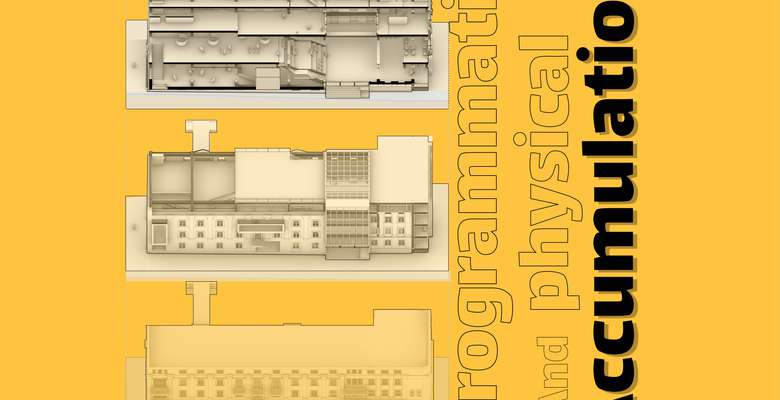
- Site-specific cases
In “Port of cultures” the brief asked for a cultural complex in Mariupol, Ukraine. We could demolish the existing building, but the building we designed couldn’t be any bigger than the last building, neither in height nor in volume. On the other hand, the existing building is about 120 years old.
How should we start the design process?
Everyday buildings are being demolished or merge their ground to be replaced by a bigger one. Our cities are always changing, converting, and evolving. We have lived in our cities as they are and with the stories of how they were.So why demolish? Should we destroy to build? It is not just about the heritage buildings but about every building standing. Every day we tear down old buildings that have been a part of the people’s collective memory in the name of revitalizing or evolving, even though they are structurally in good shape.
Is it possible to accumulate different historical layers physically, as they have been through stories?
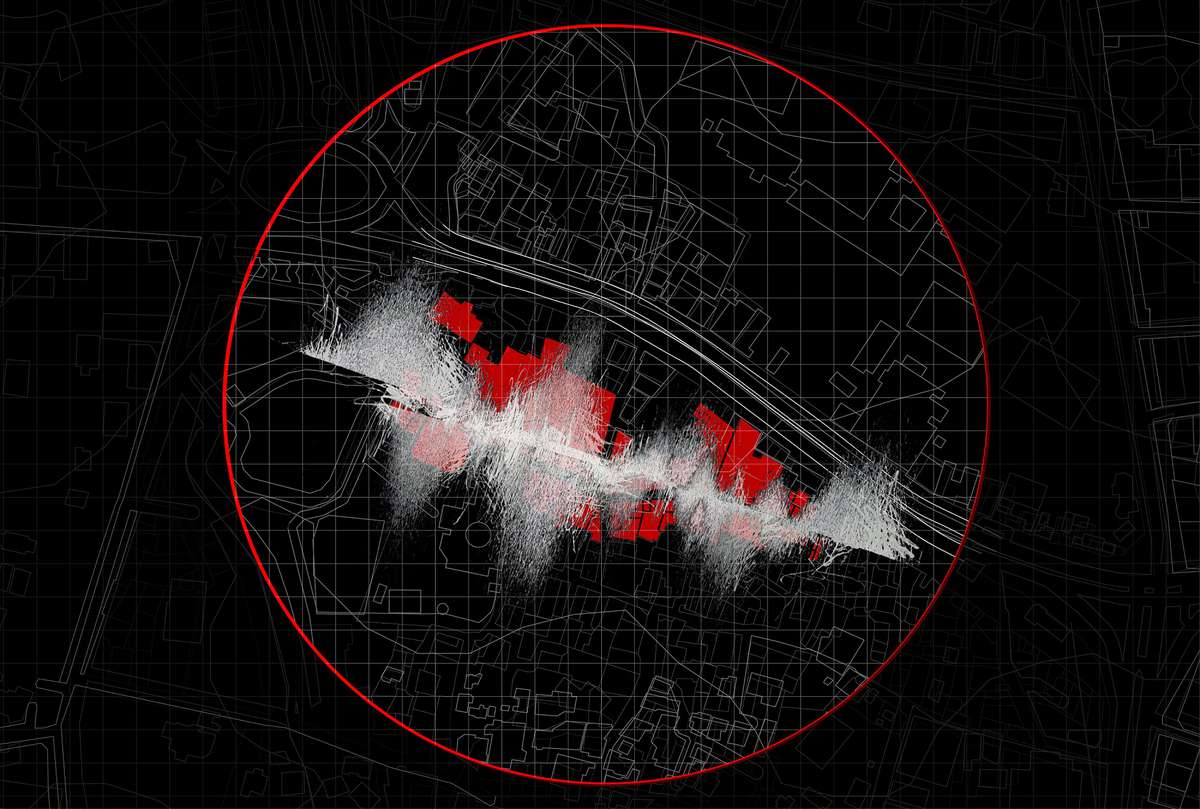
Tajrish bazaar has turned from a local trade center to an important landmark in Tehran, in time. The number of stores and the main line of bazaar has been almost fixed but vendors and the simultaneity of programs and events have caused programmatic accumulation within a fixed boundary.
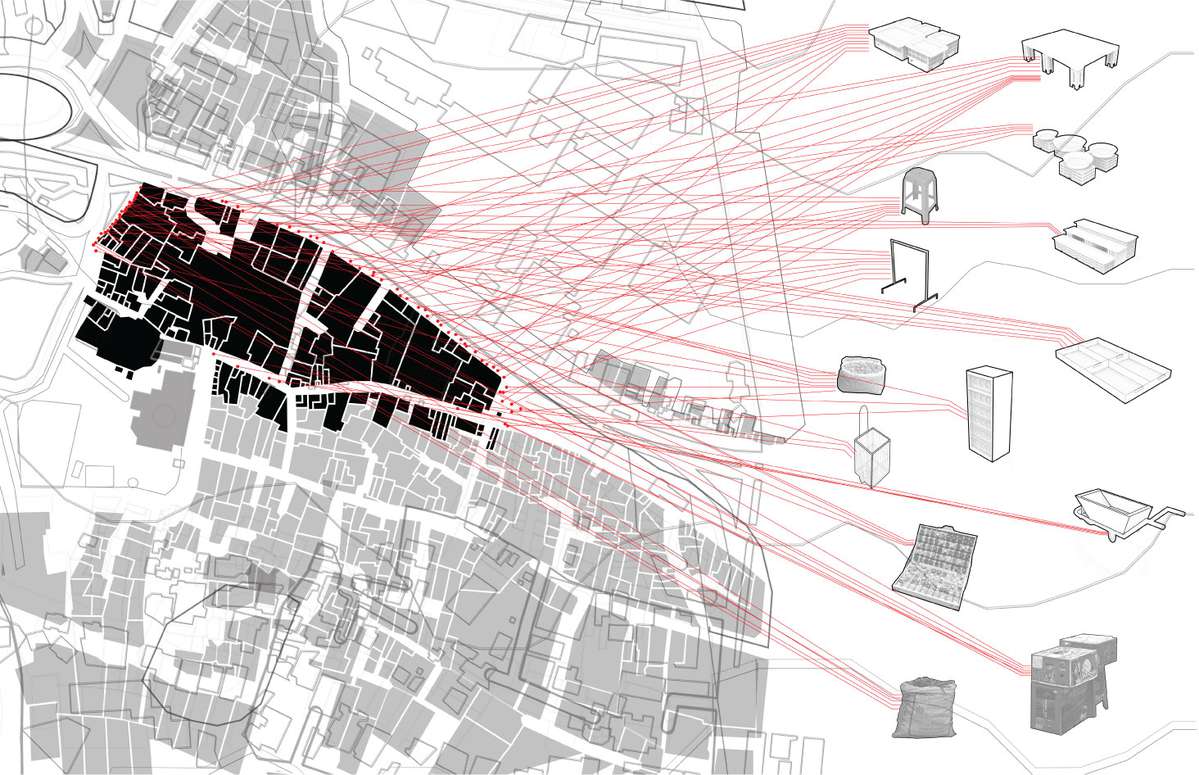
Map of the vendors and their settings and tables that added new spatial qualities to bazaar causing the programmatic and physical accumulation.
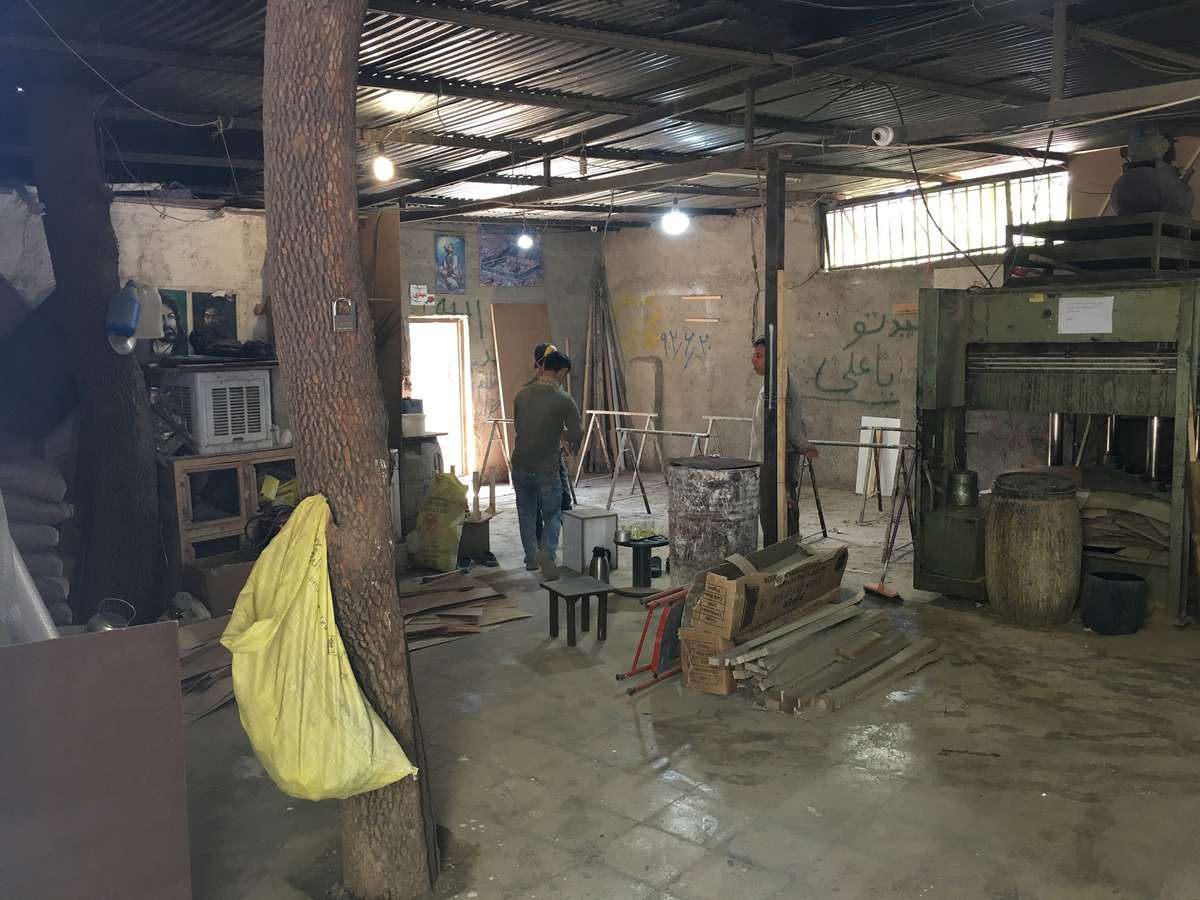
A picture of a workshop in Kan village. This is one sample of both physical and programmatic accumulations. Some programs like wedding photography happen in between the trees of the gardens.
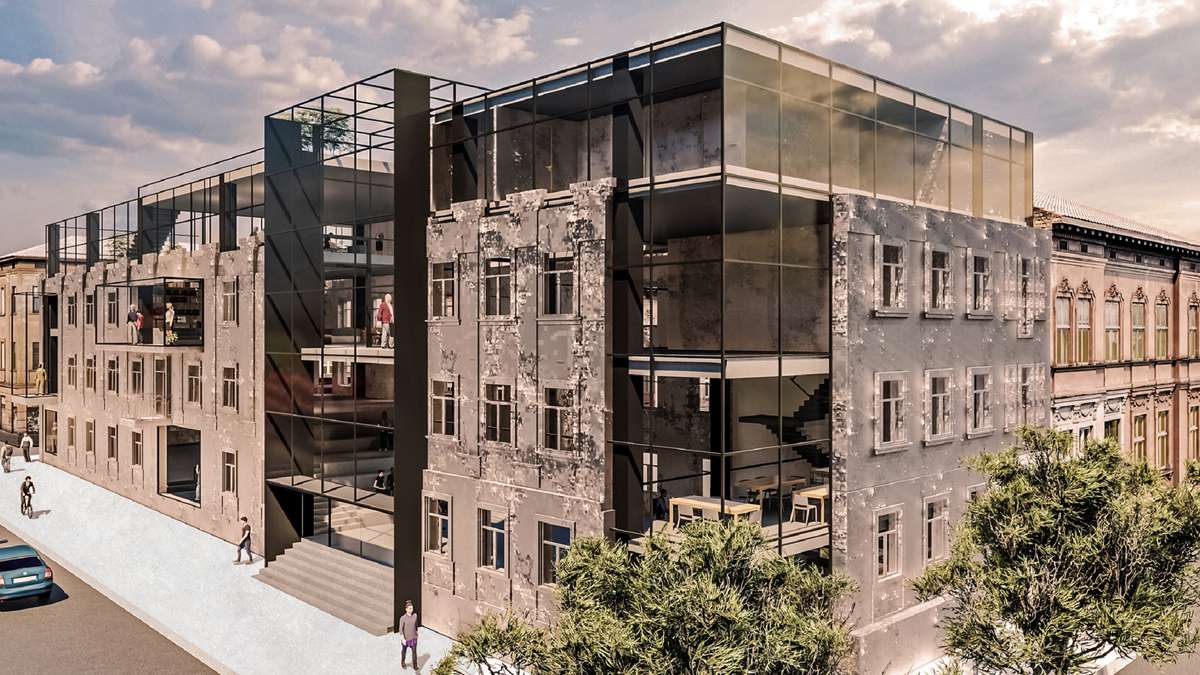
Port of cultures, Mariupol, Ukraine. We preserved the envelope of the existing building, put a glass box inside filled with programs. As a result, we’ve got a building with the old, familiar facade. At some points, the glass box would break the wall, so that the transparency provides a visual connection between the inside and out. We strengthened the envelope with a metal structure, which is also the structure for the new building.
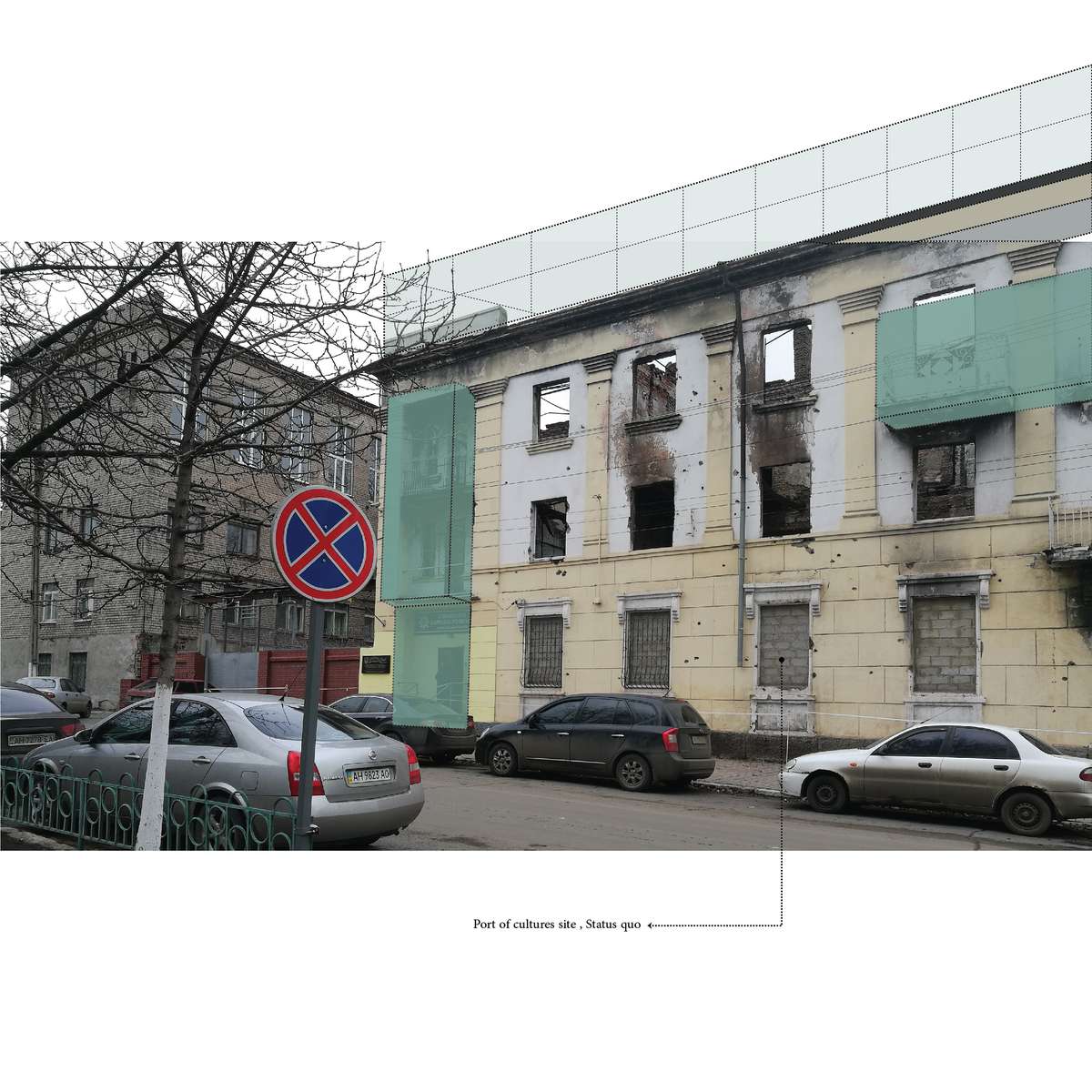
Port of cultures, Mariupol, Ukraine. This building first belonged to a businessman. Later it turned into a gymnastic center. During the world war, a garrison formed around it, and later when the Nazis occupied the city, they sent prisoners for hard labor to Germany from here. Finally, when they were leaving, they burned the house. Years passed, the building burned in a fire in the time of internal riots in 2014. And now it's going to be cultural complex.
Programmatic and physical accumulation
Programmatic and physical accumulation

- Site-specific cases
In “Port of cultures” the brief asked for a cultural complex in Mariupol, Ukraine. We could demolish the existing building, but the building we designed couldn’t be any bigger than the last building, neither in height nor in volume. On the other hand, the existing building is about 120 years old.
How should we start the design process?
Everyday buildings are being demolished or merge their ground to be replaced by a bigger one. Our cities are always changing, converting, and evolving. We have lived in our cities as they are and with the stories of how they were.So why demolish? Should we destroy to build? It is not just about the heritage buildings but about every building standing. Every day we tear down old buildings that have been a part of the people’s collective memory in the name of revitalizing or evolving, even though they are structurally in good shape.
Is it possible to accumulate different historical layers physically, as they have been through stories?
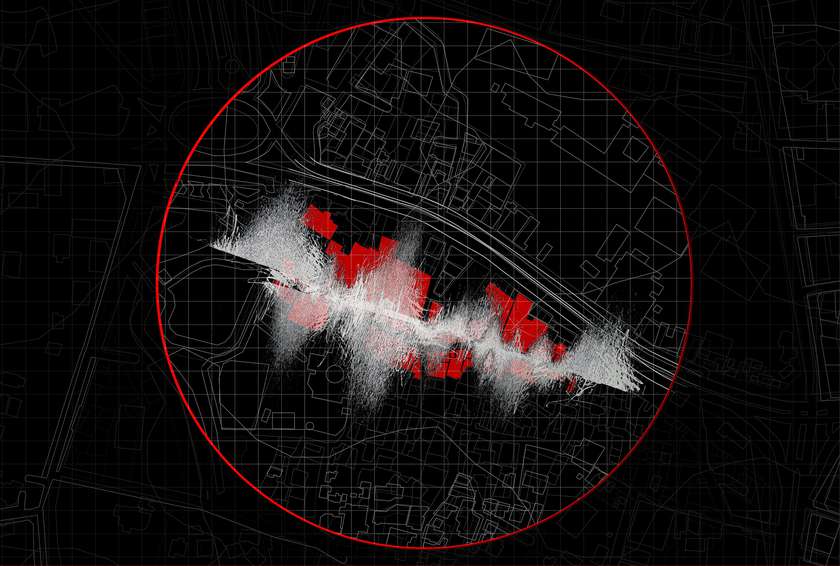
Tajrish bazaar has turned from a local trade center to an important landmark in Tehran, in time. The number of stores and the main line of bazaar has been almost fixed but vendors and the simultaneity of programs and events have caused programmatic accumulation within a fixed boundary.
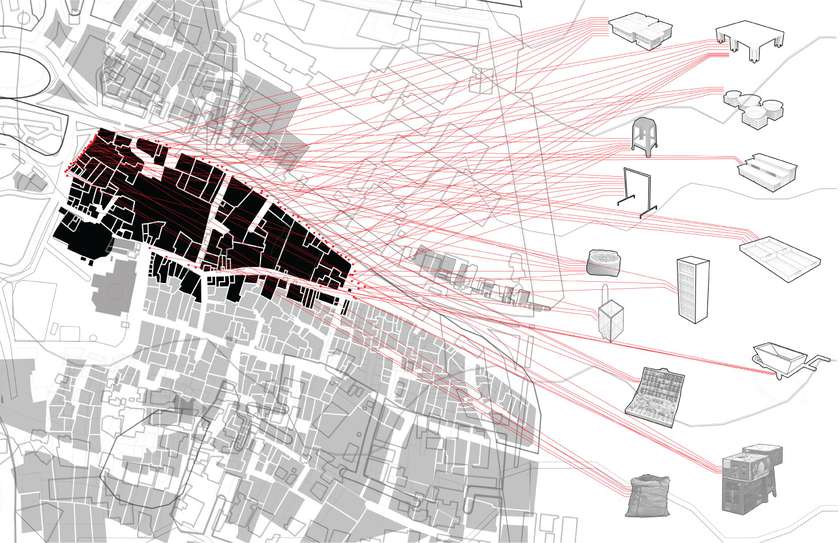
Map of the vendors and their settings and tables that added new spatial qualities to bazaar causing the programmatic and physical accumulation.

A picture of a workshop in Kan village. This is one sample of both physical and programmatic accumulations. Some programs like wedding photography happen in between the trees of the gardens.
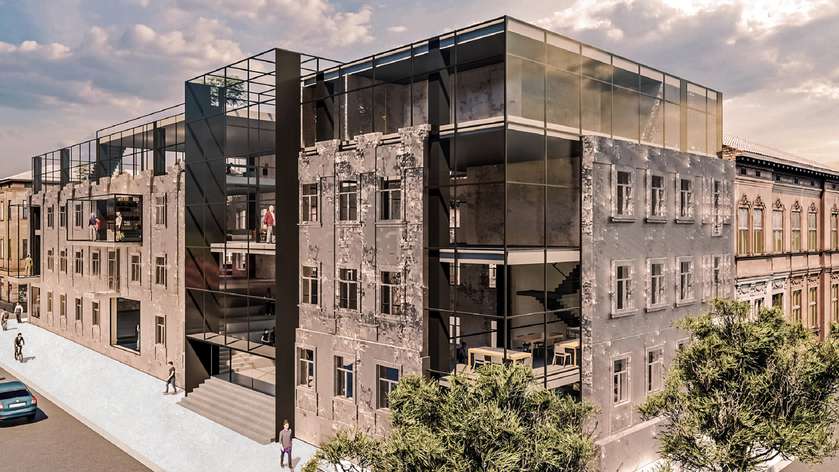
Port of cultures, Mariupol, Ukraine. We preserved the envelope of the existing building, put a glass box inside filled with programs. As a result, we’ve got a building with the old, familiar facade. At some points, the glass box would break the wall, so that the transparency provides a visual connection between the inside and out. We strengthened the envelope with a metal structure, which is also the structure for the new building.
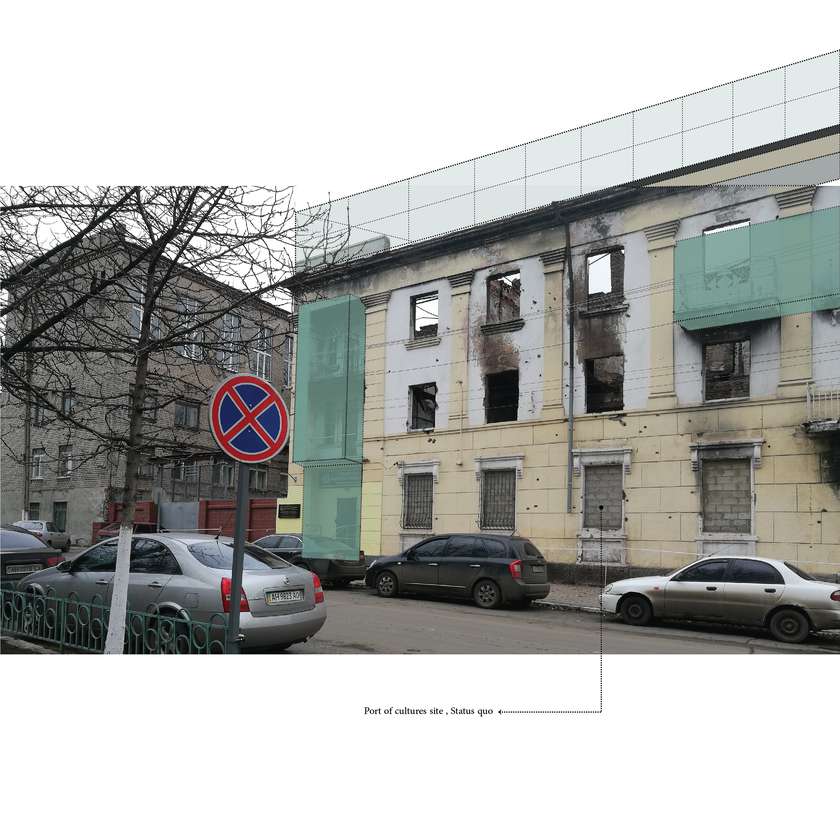
Port of cultures, Mariupol, Ukraine. This building first belonged to a businessman. Later it turned into a gymnastic center. During the world war, a garrison formed around it, and later when the Nazis occupied the city, they sent prisoners for hard labor to Germany from here. Finally, when they were leaving, they burned the house. Years passed, the building burned in a fire in the time of internal riots in 2014. And now it's going to be cultural complex.